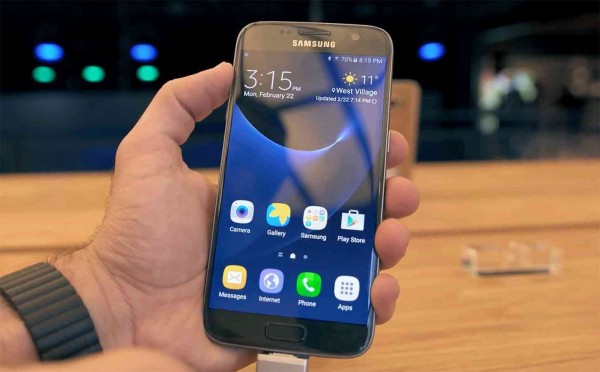How do you like your Android?

When it comes to Android’s corner of the smartphone world, the sky is the limit in regards to customization. Its open source platform allows for vastly different user interfaces, or UIs, from one phone to another. For the most part, each manufacturer’s “flavor” of Android will be different from each another.
Like ice cream, there are countless (okay, you can probably count them, but there are a lot) flavors of Android on the market today. HTC runs Sense, Samsung has TouchWiz, LG has Optimus UI, Sony has Xperia UI, OnePlus has OxygenOS, and so on and so forth. When you compare Android devices with different UIs side-by-side, it’s easy to spot the differences.
The point of these unique user interfaces is to make these Android devices stand out for more than just their hardware design. With a skinned UI, software design is also unique, and also allows the company to develop special features exclusive to that UI that stock Android doesn’t provide.
I’ve grown to embrace skins, particularly because I think having the same experience across every phone can become bland very quickly. While many features can come across as “gimmicky”, and a lot of bloatware that are packaged with these skins are unnecessary and waste a lot of precious space at the end of the day, skinned versions of Android still have a lot to offer. Of course, not all skinned versions of Android are bloated and bogged down with tons of features and pre-loadedapps, so that’s not always an issue, either.
But even if skins ultimately aren’t your thing, the good news is that underneath all of the different skins there is a stock version of Android that it was built upon, and there are Android devices out there that can give you a stock experience if you’re looking for it. Some notable devices arephones from Google’s own Nexus line, like the Nexus 5X and 6P, or the Moto X Pure Edition.
You might think, why would I want stock Android with less features? While it may not initially seem like stock Android offers more than other UIs that have more features, stock Android has its own set of benefits.
With stock Android (also known as Vanilla Android), there is significantly less bloatware, if any, to take up space on the device. You will also experience faster updates, given that manufacturers who skin their Android devices have to update their UI to fit the newest Android version before rolling anything out. If you’re big into updates and would rather find third-party applications that work best for you rather than having them pre-installed for you (many of which you may actually never use), stock Android might just be the right flavor of Android for you.
However, as highly regarded as stock Android may be for smartphone enthusiasts, it can be uninspiring for those who do prefer skinned versions of Android. As gimmicky as some of the features on skinned versions of Android can be, some features can be seen as seriously useful perks. Take for instance Samsung Pay, which can be used through NFC or MST (meaning even older card readers can still be utilized by Samsung Pay) is only available through TouchWiz. Camera software is also tied to the UI, which is how some smartphone cameras are so good. UIs can contribute some cool features for the camera, like HTC’s Zoe or Samsung’s Best Shot. And that’s barely scratching the surface of the amount of features that skinned UIs can ultimately offer.
There’s also the topic of design, and that some people just find skinned versions to be more aesthetically pleasing to the eye over stock Android. Personally, I’ve been a big fan of HTC’s Sense clocks – all of them. The big gaudy ones from earlier versions of Sense were good, and the new minimal versions are equally good in my opinion. In fact, I’ve always been a pretty big fan of Sense in general. As for TouchWiz, not so much – but I know some people who really like TouchWiz, especially with the most recent updates.
It’s all about personal taste. There’s nothing wrong with finding preference with either stock or skinned Android; both have their appealing traits. If I had to pick, I would say I enjoy stock Android and HTC Sense equally. I like having the open canvas feeling of stock, but I also feel like HTC’s design with Sense has been updated consistently to keep up with modern times, and have done very well with it.
Readers, let’s hear from you. When it comes to your Android devices, which do you prefer: stock or skinned? Let us know your thoughts in the comments below!











